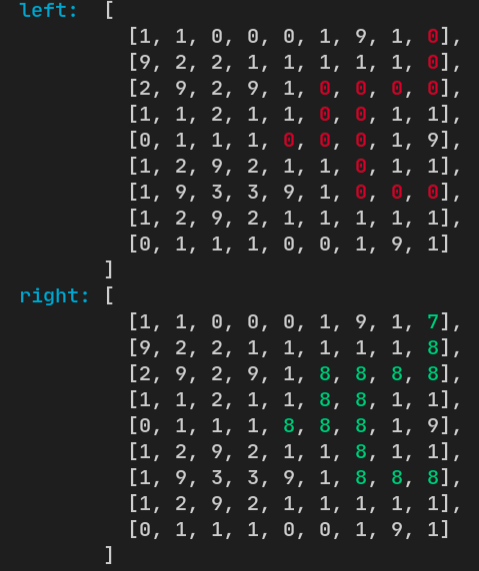TLDR: https://minesweeper.fly.dev built with liveview and other recent tools.
Most relevant code at mine_sweeper/lib/mine_sweeper_web/live/session_live at main · princemaple/mine_sweeper · GitHub
Hi All,
My most familiar stack is building frontend with Angular and using phoenix as an API backend. I briefly tried liveview when it first came out. That was pre-heex, pre-component era. I’ve been wanting to try the shiny new stuff and stay up to date.
I could’ve chosen a different game if I simply wanted to build something interactive and realtime. I chose minesweeper because 1. it’s one of my favorite games, 2. it requires a lot of state keeping and inter-component communication (I initially thought each component would be a separate process) and 3. it requires quite a bit interaction (event handling). I thought it’s a good game to build to test all these things out.
Plus, there has been a couple other things on my listing waiting to be checked out.
-
fly.io deployment
(I’ve used the one-click to launch livebook. It’s great) - phoenix with esbuild and tailwind
(they are not new to me, I just haven’t built a phoenix app that uses them to build the assets)
So, I decided to build this minesweeper game with liveview, with the assets built with esbuild & tailwind, and deployed to fly.io
A few notes:
- as previously mentioned, I initially thought each component was a separate process. That wasn’t the case. So there isn’t really much “inter-component communication”. I built the game with GenServers, while liveview and components were solely used to render and interact.
-
forinheexseems to update all or nothing. I thought it would be able to only update the ones with thier assigns changed. Easy workaround though, just check the new assigns with the assigns on socket. - somewhat often, changes in assets, sometimes also in GenServers, don’t get reflected in the running app. Not sure if building on Window directly had something in it. I normally dev with docker and this is not an issue.
Overall everything went pretty smoothly.
GitHub - phoenixframework/esbuild: An installer for esbuild and GitHub - phoenixframework/tailwind: An installer for tailwind do a very good job getting me started, and provide very sensible docs and defaults. Deploying to fly.io was also easy, fly launch made it almost a no brainer. It generates a very good dockerfile and other relevant deployment related files. Heex is great to great to work with. Components do a good job separating small parts of the UI, encapsulating both their rendering and logic, allowing easy reuse.
I feel like I’ve got an OK understanding of latest liveview.
Things left to explore later: I did try out deploying to multiple regions on fly.io, which was easy, but I didn’t know how its routing works and whether you could reliably hit your closest server, so I reverted back to single server. Maybe a fun thing to do is to deploy a multi continent cluster and have the games shown globally. (oh, did I mention that you can enter others’ games and mess with help them)
Reviews and comments are welcome. Questions too!
Stay safe.

























